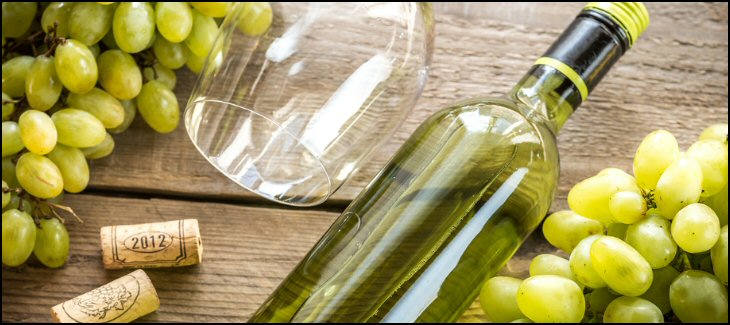Sauvignon Blanc
In Sauvignon Blanc where the grape is grown makes all the difference. Sauvignon Blanc is thrives in cooler climates, with a majority grown in California, New Zealand, and France.
New Zealand Sauvignon Blanc is the loudest of the bunch with huge flavors of gooseberry, passion fruit, citrus, grass and herbs. Some of the best New Zealand Sauvignons can be described as having an aroma of cat pee on a gooseberry bush (Now we know that doesn’t exactly sound appetizing, but trust us on this, it’s a good thing).
California Sauvignon Blancs are made in two styles. Generally, these Sauvignon Blancs are light and crisp, with notes of lemon, gooseberry, and minerality. Fume Blanc, however, is an oaked Sauvignon Blanc, which leads to a richer wine with undertones of melons and toast.
France mainly produces Sauvignon Blanc in two areas, the Loire Valley and Bordeaux. Among the wines produced in the Loire Valley, Sancerre is one of the most elegant, beautiful Sauvignon Blancs around (at least in our opinion). It has a floral aroma, is light to medium bodied and slightly herbaceous with notes of lemon. Pouilly-Fume is also made in the Loire Valley and tends to be lighter and more floral than Sancerre. In Bordeaux, Sauvignon Blanc is blended with Sémillon and oaked, producing wine that is mineral, with notes of citrus, honeysuckle, grapefruit, grass, and sometimes toast. In Pessac-Leognan, however, the wines tend to be a bit richer, with notes of baked apples, crème brûlée, caramelized grapefruit, ginger, and figs.


